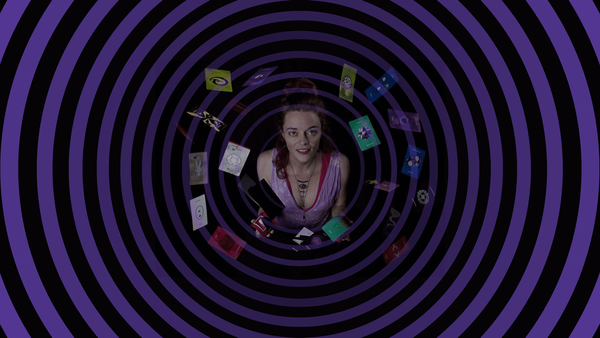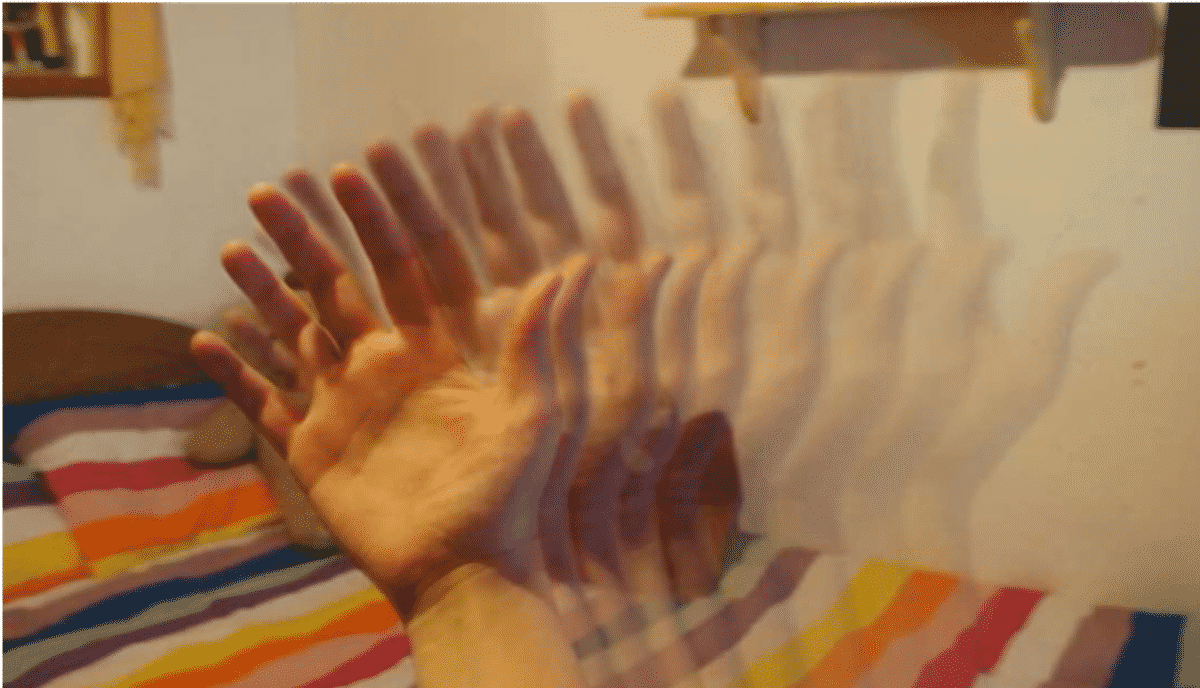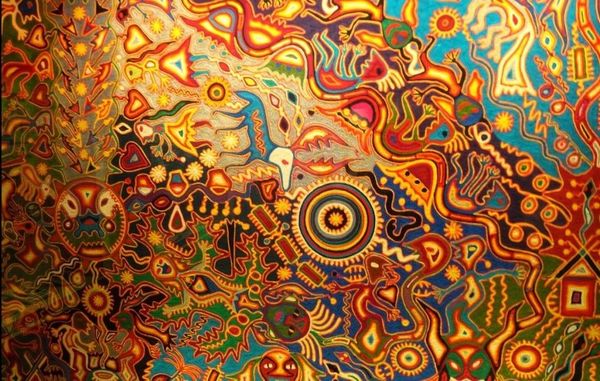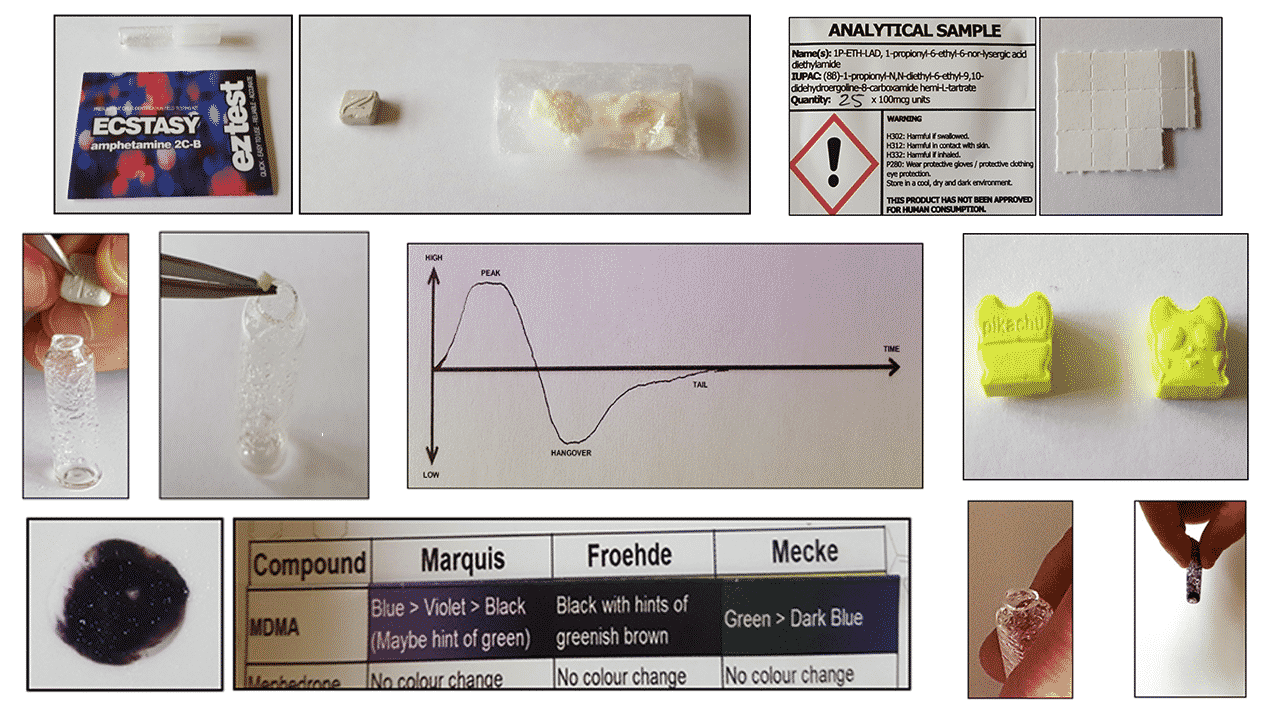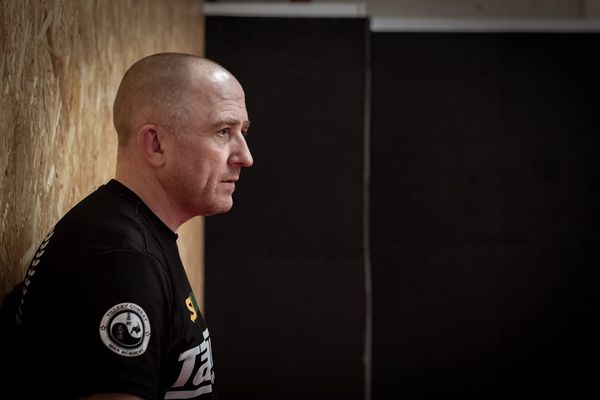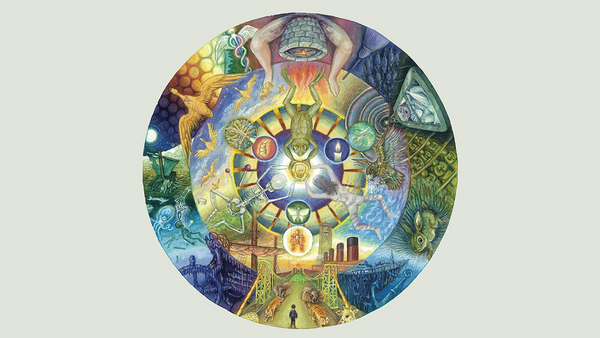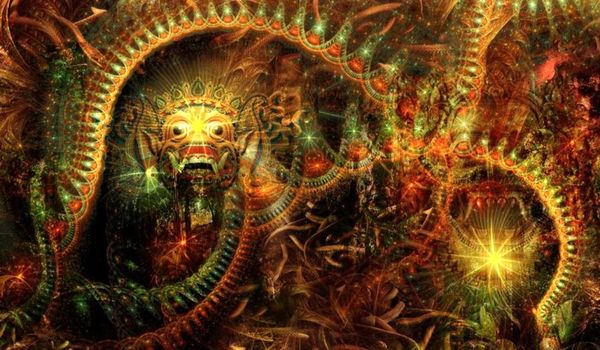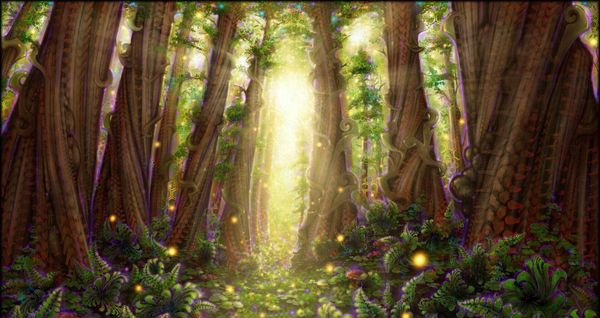Cosmo Feilding Mellen • • 6 min read
The Micro-Dose vs. The Mystical Experience: Has LSD Turned its Back on the Psychedelic Revolution?
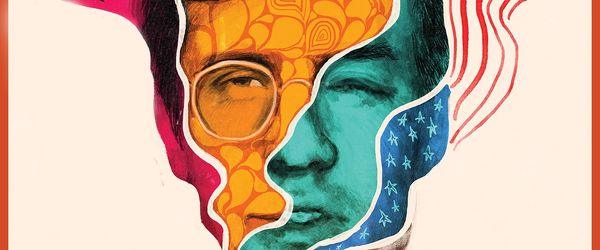
In 1965 a young science prodigy with mild asperger’s called Tim Scully took LSD for the first time. As the drug took effect, the boundaries of Tim’s reality began to break down. The usual feeling of separation between himself and the outside world melted away. A profound sense of connectedness with everyone and everything flooded his entire being. Suddenly a realisation struck him like lightning: if everyone took LSD and felt this deep connection with their fellow man and the planet as a whole then humanity might save itself from the clutches of war, pollution, civil rights abuses, gross social inequalities, and certain destruction. Tim made a commitment then and there to make enough LSD to turn on the world and bring about a new age of Peace and Love.
Tim and his partner Nick Sand, the protagonists of my new feature documentary The Sunshine Makers, went on to make millions of doses of Orange Sunshine LSD – the most famous acid ever made – and fueled the psychedelic explosion of the 1960s. Tim even supplied the acid for the ‘Human Be In’ where Timothy Leary uttered the famous phrase “Turn On, Tune In, Drop Out” to thousands of misunderstood and disillusioned college kids. LSD would henceforth be a symbol of anti-establishment revolution and seemed destined to remain so forever more.
Watch the trailer of The Sunshine Makers here:
More recently, however, the growing hype around ‘microdosing’ could be changing all that. A microdose involves taking between 5 to 20 mics of LSD compared to Orange Sunshine which was up sixty times stronger at 300 mics per dose. Hallucinations and ego-dissolving mystical experiences, like Tim’s in 1965, aren’t going to happen on a microdose. Instead it is claimed that microdosing will, almost imperceptibly, improve mood, treat depression, heighten creativity, and even increase productivity in the workplace: exemplified by Ayelet Waldman’s recent book A Really Good Day: How Microdosing Made a Mega Difference in My Mood, My Marriage, and My Life. In other words, microdosing is not about dropping out and bringing down the system. To the contrary, it’s about being happy within the system and helping it to prosper. It sounds more like a really good coffee than a cultural revolution. So what would the flower-power hippies of the 1960s think of this new use? Has LSD sold out? Has it finally been domesticated and put to work by ‘the Man’ it was supposed to overthrow? Is the microdose the final, ignominious nail in the coffin of the psychedelic revolution?
In reality, the question of LSD’s ultimate function has always been up for debate. When Albert Hoffman first publicised the effects of lysergic acid diethylamide in 1943 there was little doubt that this was the most potent psychoactive substance ever discovered (which probably remains the case today). But how LSD could or should be used was much less certain. LSD became the focus of thousands of scientific studies in the 1950s and 60s. The race was on to see who could harness the power of this extraordinary substance for their own purposes: the CIA experimented with mind-control; the US military thought it could incapacitate their enemy on the battlefield; the Soviet Union were rumoured to be producing industrial quantities of the stuff. Meanwhile psychiatrists flocked to LSD as a potential key to unlocking the subconscious mind and curing intractable mental illnesses like addiction and depression.
In the end, however, acid hit the streets as a recreational drug before it could be harnessed for any other purpose by the establishment. LSD evangelists like Tim Scully (and many others) hoped to offer LSD as a tool for introverted spiritual discovery and self improvement, but again acid’s shape-shifting nature came into play as San Francisco’s legendary Acid Tests and Grateful Dead concerts saw acid morph once more. This time into the ultimate party drug – a hedonistic tool for sex, drugs, and rock n roll.
During this time, Amanda Feilding, my mother, co-author of this article, and Director of the Beckley Foundation, was conducting her own experiments with legal LSD in Europe. She was doing something similar to what people are now calling microdosing: taking smaller doses of LSD on a regular basis to work better, improve creativity, and feel more alive to the present moment – what we might today call “living mindfully”.
Amanda, and her accomplices Bart Hughes and Joey Mellen (my father), saw the danger of reckless LSD use: taking huge doses without responsible supervision and without any understanding of how LSD works in the brain was going to lead to trouble. But by then the cat was already out the bag and, inevitably, media hysteria about “acid freak outs” and the anti-establishment threat saw LSD banned across the board in the late 1960s. Tim Scully and Nick Sand were dragged down into the criminal underworld. A war on drugs was underway. All scientific investigation into the therapeutic potential of LSD ground to a sudden stop and stagnated for decades.
In 1998, my mother setup the Beckley Foundation with the aim of reviving scientific research into psychedelics. It’s been a very long and very hard struggle, but we are now in the midst of a psychedelic science renaissance. Eminent academic institutions such as Imperial College London, Johns Hopkins, Harvard, and NYU are once again proving the incredible potential of psychedelic-assisted psychotherapy to treat mental illness. A recent Beckley-Imperial study gave psilocybin (the active ingredient in magic mushrooms) to people who had suffered from depression for 18 year and been unresponsive to any conventional treatments. After only two doses, 67% of participants were depression-free one week following treatment and 42% remained in remission after 3 months.
Some studies are even showing a direct link between the intensity of participant’s “mystical experiences” and the effectiveness of the drug in treating mental disorder, as well as recording long-term improvements in interpersonal relationships and altruistic behaviour. Maybe Tim’s idealistic dream of using psychedelics for peace and love wasn’t so crazy after all?
So far very little research has been done on microdosing LSD per se. We do, however, have a better overall understanding of how this drug works in the brain since Beckley-Imperial completed the first ever brain scans of people on LSD. The scans showed a reduction in blood supply to parts of the brain known as the Default Mode Network, which is overactive in depression, and a massive increase of overall connectivity in the brain. Might this point towards an explanation of why microdosing is said to improve mood and heighten creativity? It is too early to say for certain, but it surely warrants further investigation.
In some ways, then, LSD is back where it started in the 1950s and early 60s. Its potential is there for everyone to see and interest is growing but its future remains uncertain. The fact that microdosing at work is all the rage in Silicon Valley (and beyond) hints at a culture that is more open to the use of these substances than any previous generation. It is hardly a coincidence Tim Scully found a conviction for LSD manufacturing made it easier to get a job in computing after his stint in jail. Afterall several of the world’s most respected business leaders – like Steve Jobs and Bill Gates – have publicly admitted to benefitting from psychedelic experiences. The generation gap of the 1960s no longer exists. There are millions of grandparents today who have experimented with LSD. This would have been inconceivable 50 years ago.
We now have a second chance to integrate these substances into society in a safe and truly beneficial way. To succeed, we must avoid repeating the mistakes of the past. Scientific research offers us the best route to work within the system, rather than fighting against it. Let the facts speak for themselves. Hopefully the psychedelic revolution hasn’t died, it has simply come of age.
The Sunshine Makers will be released on cinemas in the New York on 1/20/2017 and across the US on theatres and VOD 1/27 – http://filmrise.com/sunshinemakers
A Final Note on the Safety of Psychedelics
As we repeatedly stress on HighExistence, psychedelics are not playthings. They must be approached with reverence and caution. We believe that in the proper context, certain psychedelics are powerful medicines with tremendous potential, but there are a number of physical and psychological safety concerns that one should consider before journeying with psychedelics. Please, please do plenty of research, and do not take psychedelics if you have reason to believe that they will not jibe with your personality or particular mental baggage (or if your family has a history of mental illness). We do not recommend taking psychedelics illegally or impulsively. The Essential Psychedelic Guide on Erowid is an exceptional free resource, and we recommend reading it, especially the section on ‘Psychedelic Safety,’ before ever dabbling in these substances. We also recommend reading our guide to psychedelic myths before deciding to try psychedelics. It’s also imperative that you buy a test kit if you aren’t absolutely certain that the substances you’ve procured are what you believe them to be. Take care, be smart, and be well.

